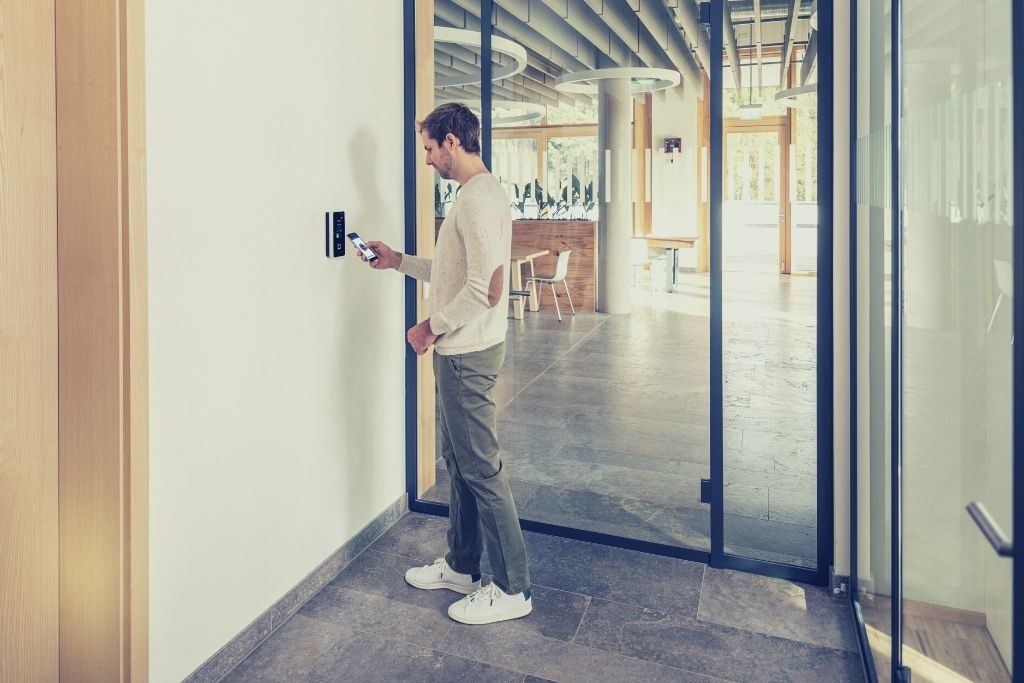When to Upgrade an Automatic Pedestrian Door

An automatic door confers many advantages to both the operator and the user, especially if it’s manufactured in compliance with strict standards and regulations, including work code, fire safety, accessibility, burglar-proofing, and energy savings. Nevertheless, following years of usage, it might still be necessary to replace it for the following reasons.
How Metaverse Might Be a Playground for Architects

Metaverse doesn’t refer to a single specific technology but a combination of multiple elements, including VR, AR, aspects of social media, online gaming, in 3D spaces. The term describes a vast transformation in how people interact with technology rather than a method.
Top 4 Trends in Sustainable Architecture and Construction

Construction is still one of the least efficient and digitized industries worldwide. Nevertheless, in the last decade, there has been a considerable push from some of the industry leaders for better practices that are kinder to our planet
No-Touch Buildings: How Agile Construction Transformed This Office in Spain

The new restrictions and sensitivities introduced to our societies by COVID-19 forced many architects and designers to re-think and re-imagine our built environment. The result is an accelerating number of buildings designed to minimize touch, optimize fresh air flow, and manage foot traffic more efficiently.
Impact of COVID-19 on the Commercial Real Estate Market

Gone are the days of partitioned offices or work schedules set in stone. It’s time for open-space, Flex Office, and coworking. Our working methods are changing irrevocably. These changes ricochet into the commercial real estate market, which has reinvented itself for the past decades.
5 Reasons You Should Migrate to Cloud-Based Access Control

Recent technological developments in cloud computing have driven innovation in the security market, convincing companies of all sizes to switch from manual or electronic access control to cloud-based ones.